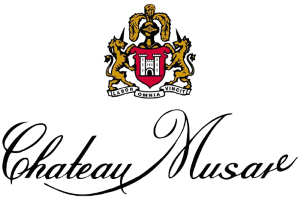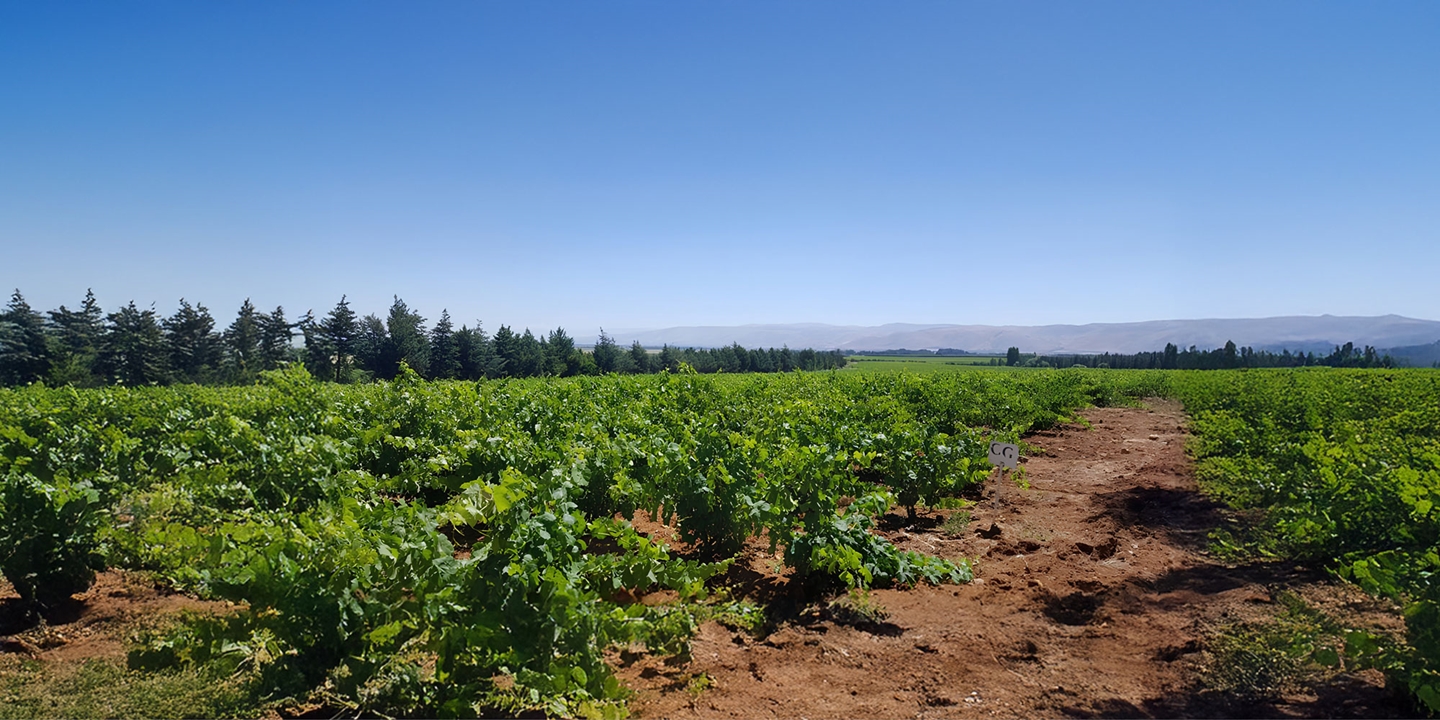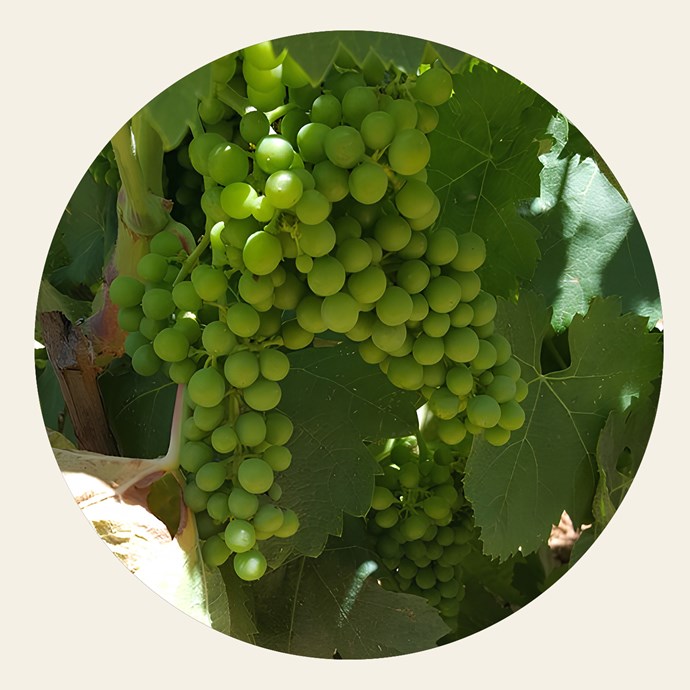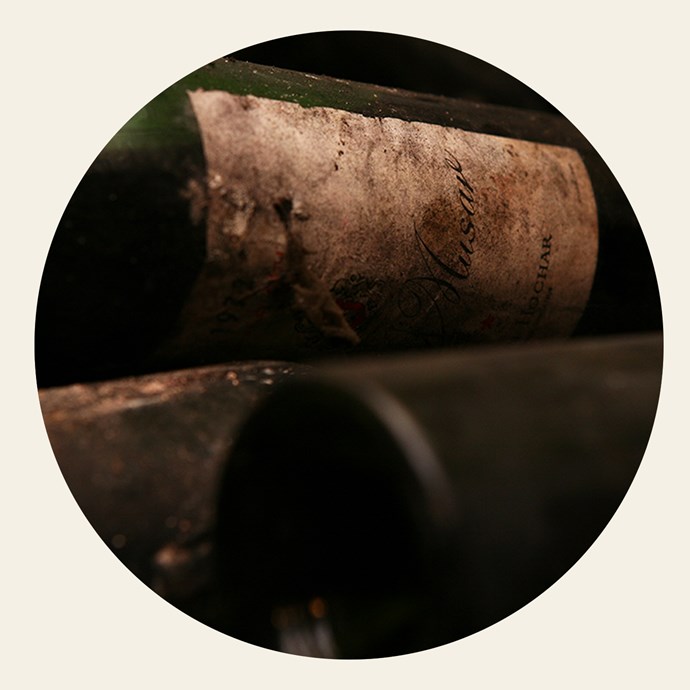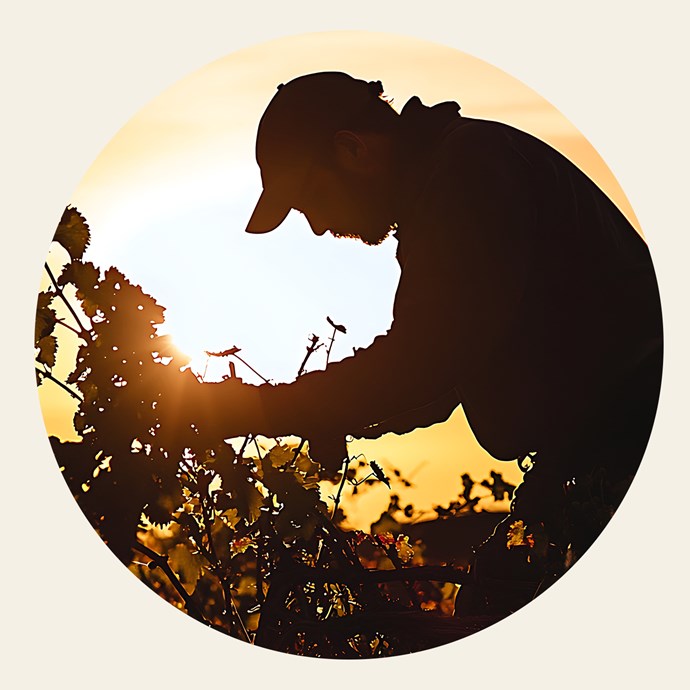Lebanon has a long tradition of winemaking, dating back 6,000 years to the Phoenicians, who cultivated vines in the northern parts of the country. The wine was widely known and appreciated in the Mediterranean and is even mentioned in the Bible.
The Hochar family moved from France to Lebanon in the 12th century and, inspired by the country’s long winemaking tradition, Gaston Hochar founded the Chateau Musar winery in 1930. When Gaston’s son Serge Hochar took over the reins, he achieved huge international success and in 1984, in the middle of the civil war, Serge was named “Decanter Man of the Year”.
Drawing on their long experience of the unrest that has historically characterised the country, they continue to work tirelessly, sometimes with only half their workforce, to harvest and deliver their wine, despite all the challenges they have faced from 1975 until today. Their history demonstrates an impressive ability to deliver, even in the most turbulent times.
The grapes are grown at an altitude of 1,000 metres in the Bekaa Valley, a high plateau sandwiched between Mount Lebanon and the Anti-Lebanon mountains. It is the optimum environment for growing vines, especially organic ones, with large temperature fluctuations between day and night and sufficient rainfall.
